Qinghai-Tibet railway dining
The Qinghai-Tibet railway can serve hot dishes, mostly are Chinese cuisine (Sichuan cuisine), with rice, stir-fried dishes and other snacks.
There are three ways to eat on the train:
1、 Bring your own instant noodles and dry food. Free boiled water will be provided for each carriage;
2、 Choose the hand push dinning car: At the meal period will have the staff to push the dining car to sell the box meal. Generally there are 2 portions of meat dishes, and 1 portion of vegetable to accompany with rice, the price is RMB 30 /set;
3、 Choose the Dining Carriage: Each train with a carriage for dinning, in the restaurant you can choose boxed meal or home cooking. At the same time, the Carriage is equipped with microwave oven, water dispenser and other modern facilities to meet the needs of dining.
Dining tends to be one of the most important parts of a trip for many travelers, so some people may worry about what to eat on the long trip along the Qinghai – Tibet Railway. Food is not included in the price of the train ticket, but food and drinks are available onboard the train. Is is also a good idea to bring some of your own snacks and drinks on board the train as well. The following is a detailed guide for dining on board the trains to Tibet.
Dining Car on the Train
All of the trains traveling to Tibet have a dining car that can be found in the middle of the train. These dining cars can usually hold around 40 to 50 passengers at a time. The dining car number is usually No. 9, but they can be a different number on different trains. To be sure where it is, you can ask the train personnel, listen to the on board announcements or look for the signboard on the train.
What is Available in the Dining Car?
This small traveling restaurant offers breakfast, lunch and dinner during the usual meal hours, with breakfast around 7:30 – 8 a.m., lunch around 11:30 a.m. to 2 p.m., and dinner around 5:30 p.m. to 7 p.m. with some snacks and drinks available at other times. Currently only Chinese-style and Tibetan-style foods are provided in the form of rice, vegetables, meats and soups, so the food on the menus is fairly limited. Kung Pao Chicken is the most commonly found food available on board the trains to Tibet.
Breakfasts are simple – porridge, pickels, boiled eggs, Chinese breads and steamed stuffed buns (baozi -包子 in Chinese.) Sometimes coffee is available but only in instant form. For lunches and dinners, rice is offered alongside some common Chinese and Tibetan dishes. Most dishes that are available are fried or stewed, such as Scrambled Eggs with Tomatoes (番茄炒蛋), Kung Pao Chicken (宫保鸡丁), Shredded Potatoes (土豆丝), Stewed Beef (炖牛肉), Cabbage, Tofu, Fish, etc. Different trains will offer different menus but all of the menus are only in Chinese. Trains from Chengdu or Chongqing to Tibet also offer Sichuan cuisine if you are interested in that type of food.
Small bars are available on board the trains in the dining cars where you can buy water, juice, beer, wine and other bottled drinks. Tea and coffee are also sometimes available, but again the coffee would be instant coffee if it is available at all.
Price Guide
The cost of meals on board the trains are nearly double the price of the same dishes at normal restaurants, with the costs ranging from 20 to 60 RMB. Meat dishes average around 40 RMB with vegetable dishes averaging around 20 RMB. Only cash is accepted – no credit cards or other payment methods can be used.
Sightseeing from the Dining Car
The dining car can be a pleasant place to spend some time during the long train trip just for sightseeing because it has roomy and spacious seating for watching the landscapes of China passing by, but it is best to avoid meal times as it can be very crowded then. If you want to enjoy some quiet time in the dining car, you will need to at least order a drink from the bar there; otherwise the dining car personnel will ask you to return to your seat.
Food Trolleys on the Train
In addition to the dining car, the trains will periodically have attendants pusing a food trolley through each car selling packaged meals during meal times and snack, fruits and drinks at other times. Each packaged meal will have three Chinese dishes and rice in each box at a cost of around 20 to 25 RMB per box.
Buying Snacks Outside the Train at Train Stations
For a bit more of an exciting experience, you can get off of the trains when they stop at a station to buy food and drinks from vendors on the platforms at the various train stations. Some midway stops for the trains to Tibet include Xian, Lanzhou, Xining, etc. These vendors will usually sell some packaged snacks including spicy tofu strips, Pocky-brand chocolate sticks, noodle cups, chicken feet with pickled peppers, breads, milk, juices, beer, etc. The prices are usually a little more expensive than these same items would cost outside of the train stations. It’s best to have some change prepared in advance because the trains may only stop for a few minutes at a particular train station, and you certainly don’t want to get left behind! It’s a good idea to find out how much time you will have at the train station before trying to buy anything outside of the train.
Practical Tips Regarding Food on Tibet Trains:
1. Meal times on the Tibet trains: Breakfast around 7:30 – 8:30 a.m.; Lunch around 11:30 a.m. – 2 p.m.; Dinner around 5:30 – 7 p.m.
2. Western food is not available on the trains – only Chinese and Tibetan dishes are provided. If coffee is available at all, it will be of the instant variety.
3. The washrooms in the Soft Sleeper cars tend to be cleaner than those in the Hard Sleeper and Hard Seat cars.
4. We recommend that you bring at least some of your own food and drinks because the food and drinks available on the train are limited and more expensive than what you can buy elsewhere.
5. If you are up for a little excitement and know how much time you have, you can buy snacks and drinks from the vendors at the midway train station stops at places such as Xian, Lanzhou, Xining, etc.
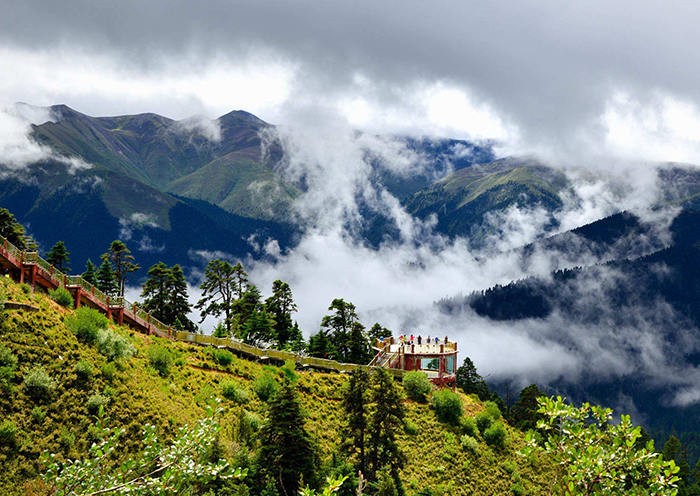

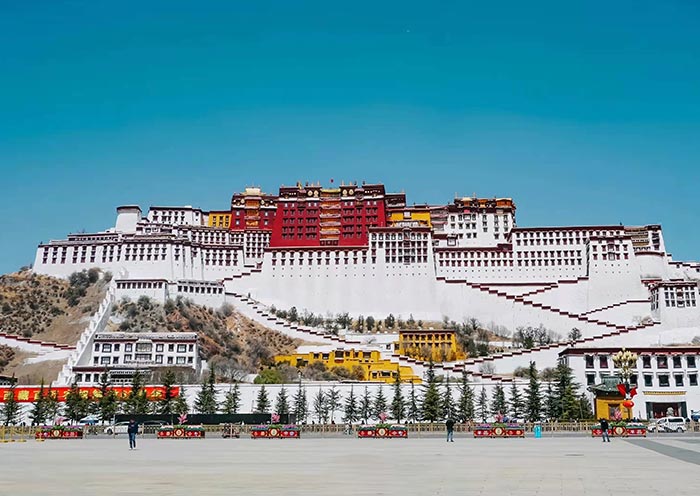

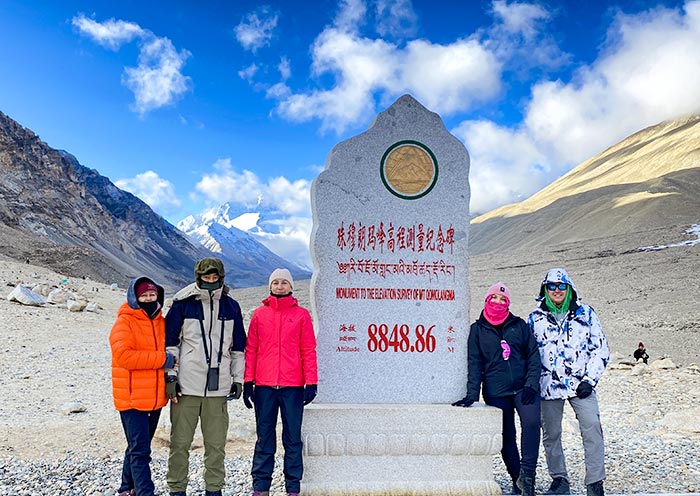

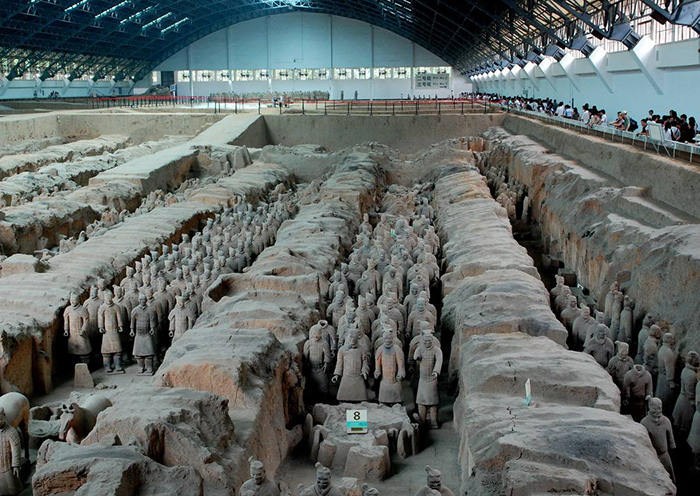
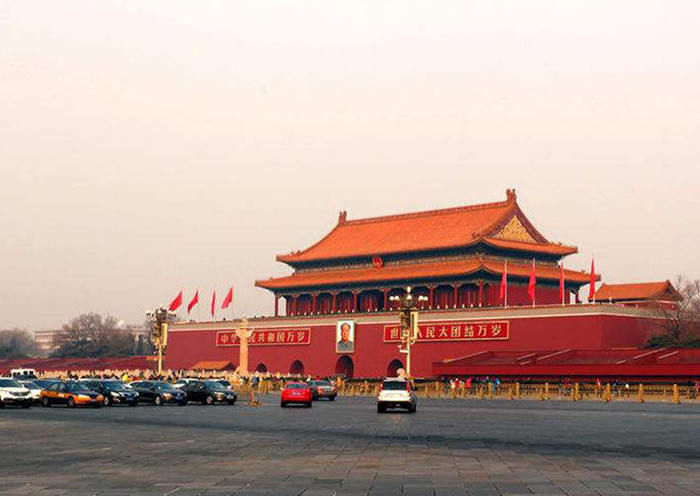
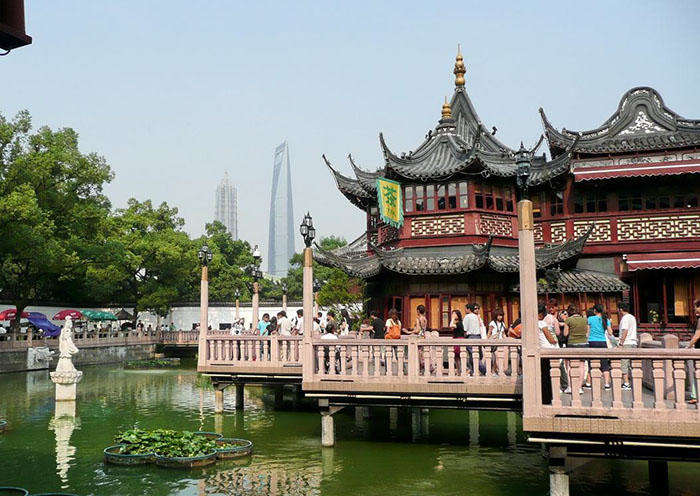

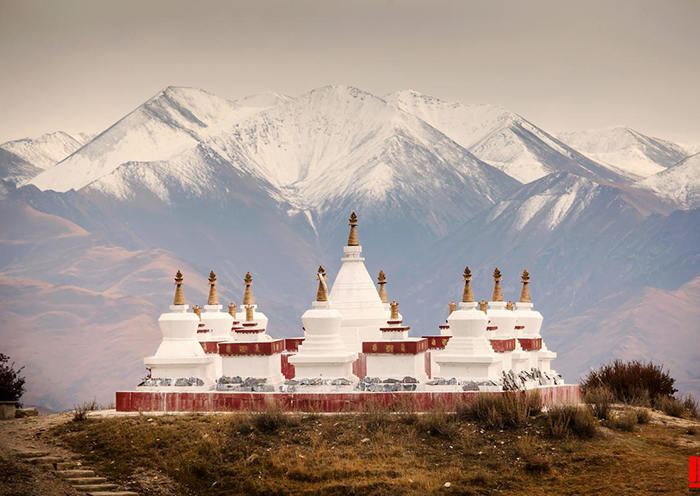
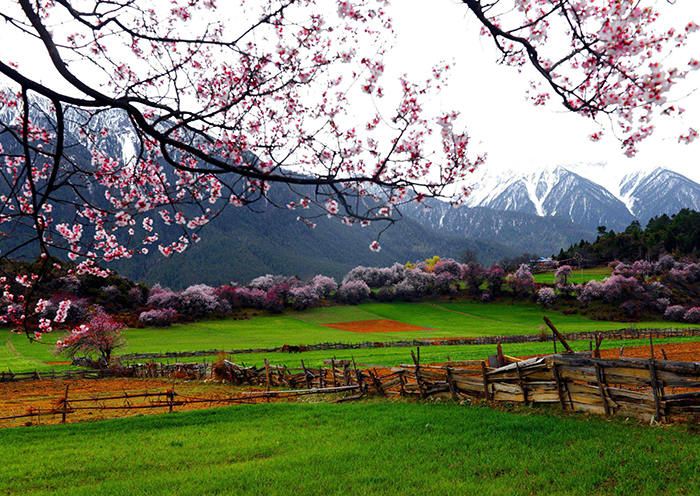


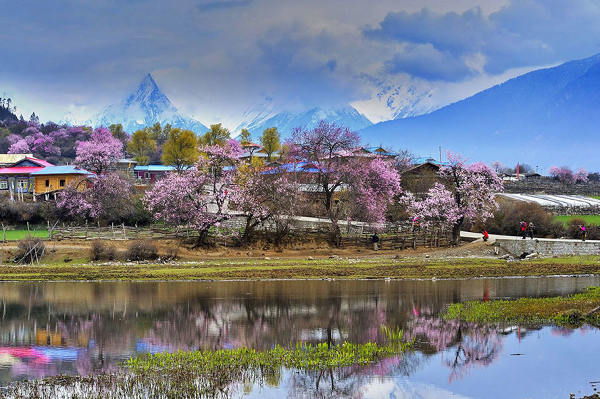
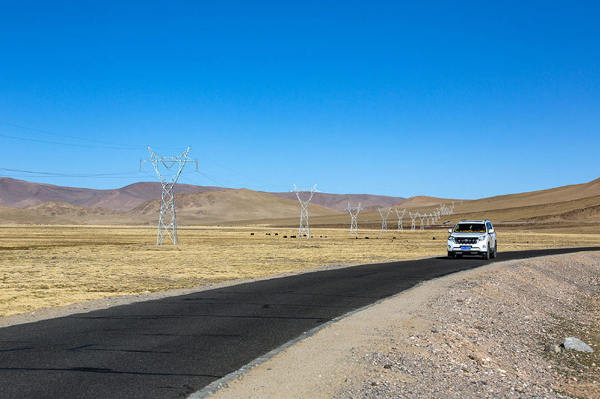

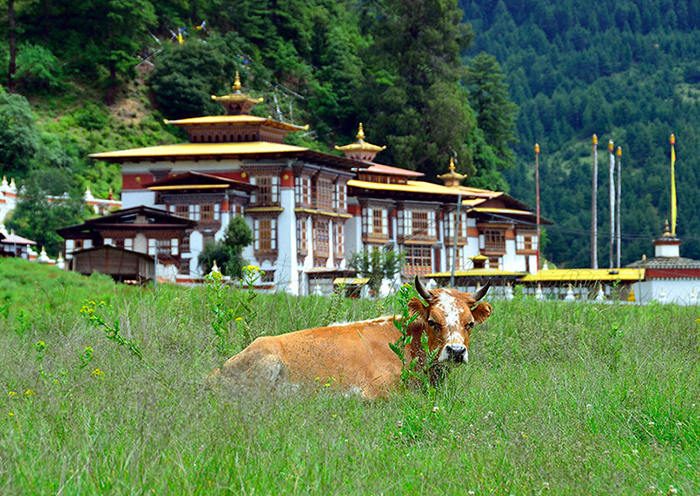
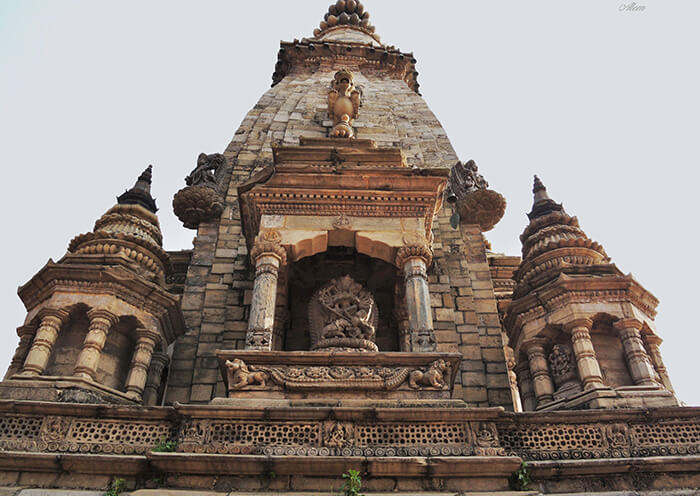


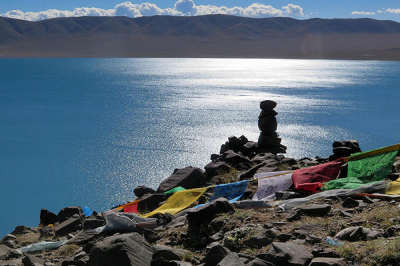



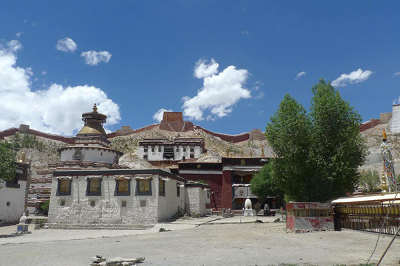


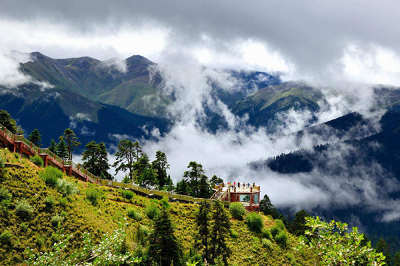
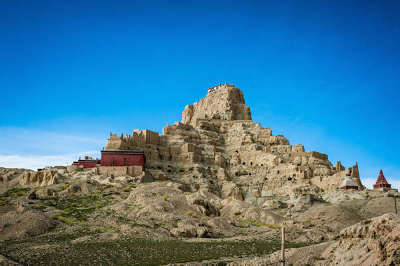



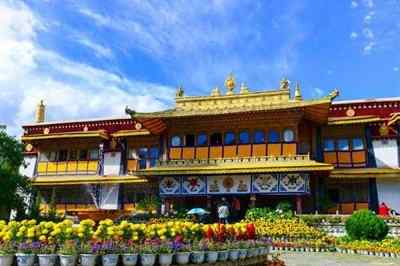
 Data in submission...
Data in submission...